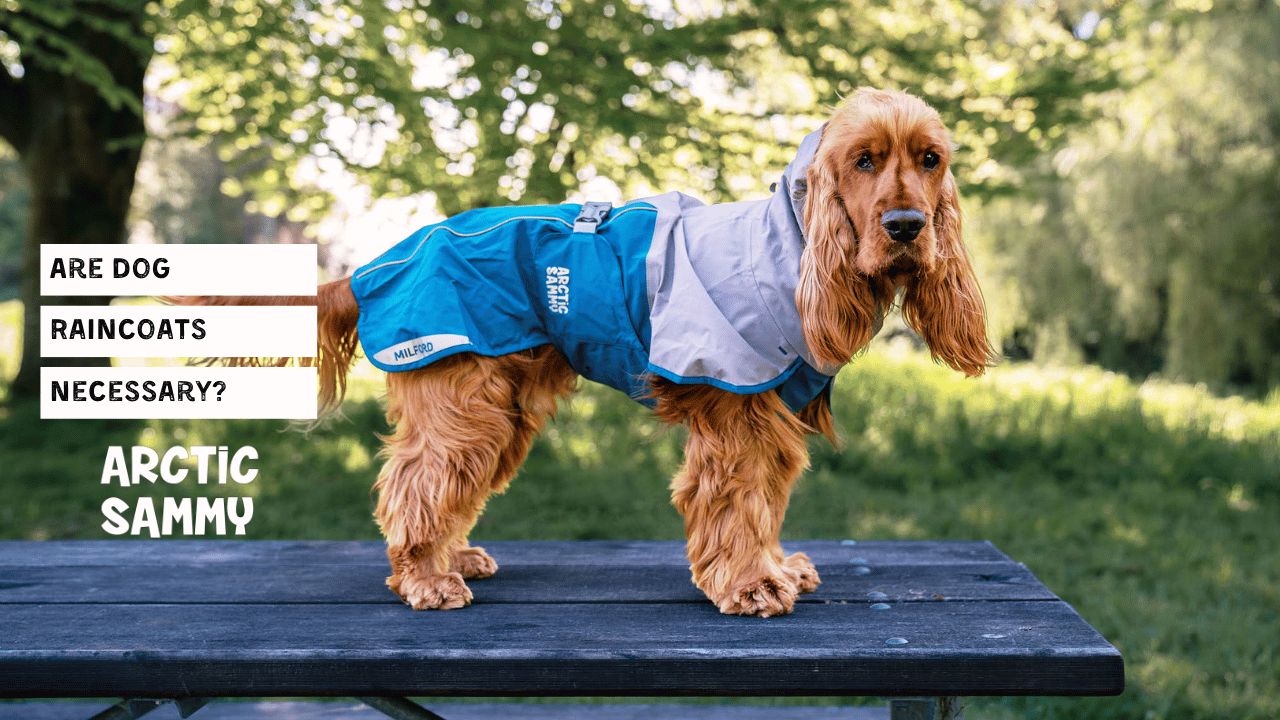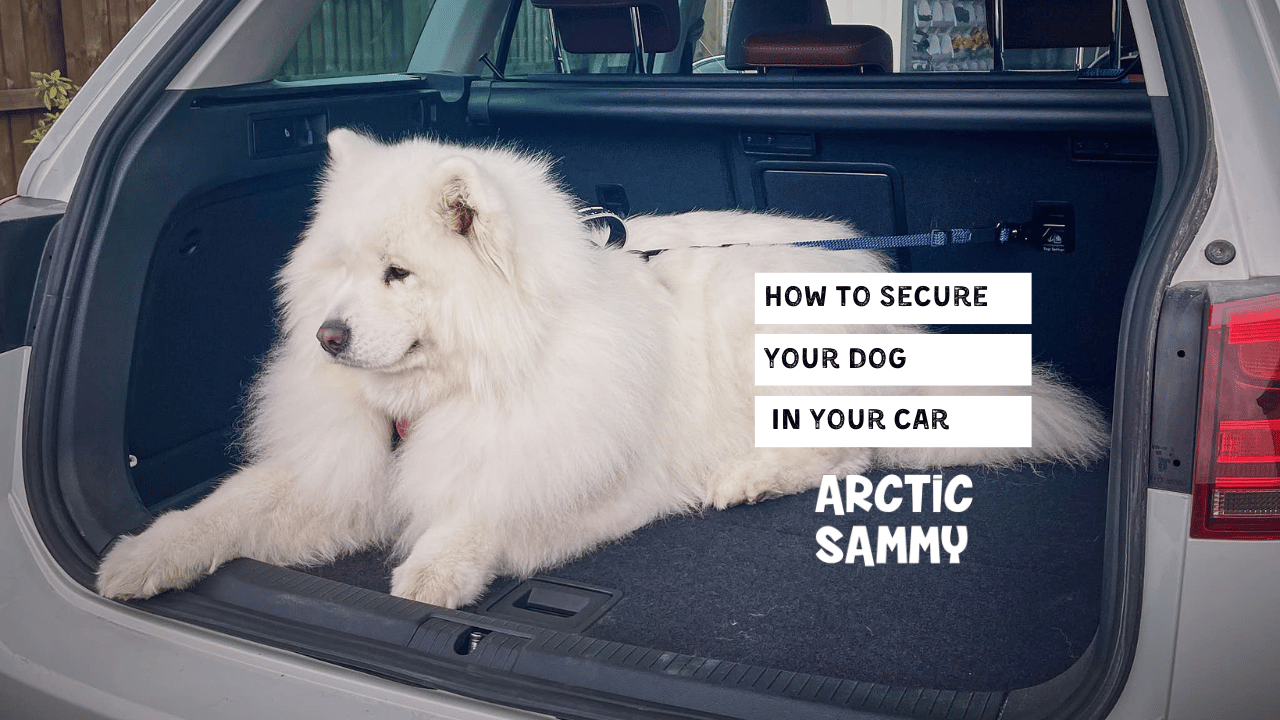Regular walks are essential for your dog’s health and happiness. They’re also among life’s simplest yet most enjoyable pleasures. When you take your dog for a walk, you fit exercise into your daily routine while spending quality time with your best friend. Whether it’s a morning wander through your neighbourhood when the air is crisp, or a twilight stroll through the forest, walking your dog can be the most relaxing, reflective and peaceful part of your day.
But there’s one thing you always need to bring along: a dog leash!

If your dog is a puppy, you’ll need to make sure he’s leash trained before you explore the great outdoors together. A puppy that isn’t used to his collar or leash may react to them with fear, becoming erratic and hard to control. It’s important to learn how to leash train a dog before you take your new companion out for adventures so the experience is better for both of you.
Not all leashes are the same. There are different kinds of built for different situations, from the everyday dog leash to the hands-free type or the long line training leash.
With the proper training and equipment, there are so many places you can spend quality time with your pup in public. Here is our brief, step-by-step guide to how to leash train a dog:
Introduce your puppy to the leash
Your first step is to give your puppy the chance to become familiar with the leash, collar and harness rather than seeing them as strange objects to fear. Introduce your dog to his collar and leash inside the house first and allow him to sniff and familiarise himself. Make sure the collar is comfortable for your dog and not too tight, and give him some time to wear it around the house. Potty breaks are a good opportunity for short walks in the backyard wearing collar or harness and his leash.
 Create a positive association
Create a positive association
Teach your dog to associate wearing his leash, harness and collar with positive feelings. Positive reinforcement training is a wonderful way to get there! Always reward your pup with a treat when putting on and taking off gear. The key is to keep those sessions short and leave your pup with positive experiences only. It won’t take long and your pup will love wearing his gear as it always means something exciting is about to happen! A treat pouch is a great way to store the goodies.
Keep training sessions short
When you set out to leash train your dog, remember to keep lessons brief at first so your pup doesn’t get overwhelmed or frustrated. Puppies have short attention spans, so slow and steady is the key. 10 minutes for you can feel like 1 hour for your pup!

Start slow
Take your first few walks together inside the house or in the backyard with limited distractions. Once you get to the point at which your puppy can follow you and your instructions, you can gradually make your way into busier environments. Don’t try and rush the process. It’s better to take it slowly and safely. On your walks, you can gradually introduce your puppy to other dogs and people and eventually socialise him to anything and everything in his environment. During the early stages, stick with fixed-length leashes that are easy to control and avoid retractable ones. We recommend a 1.5m Everyday Leash or one of our Small Dog Leashes for the start.
Choose a side
You don’t want your puppy constantly switching sides back and forth while you’re walking. You can train him to stay on one side by offering treats while he’s on that side. Our Tip: Always keep your treats out of plain sight for your dog but let him sniff your hand so he knows you’ve got it. The long term goal is to get his attention on you, rather than focusing on the goodies.

Discourage pulling
It’s common for dogs to pull on their leads when they’re just starting to explore the world around them. Which does not bother you when they are little can become a nightmare once you have 30kg+ dog dragging you around the block. You can discourage this behaviour by coming to a stop when you feel the pull. Try to get your pup to sit and ask him to look at you. Once he does, begin walking again. Repeat this as long as needed for your pup to get the hang of it. Your puppy gets distracted easily and patience is key but you should start your heel training from the very beginning.
Select the right dog leash from our Arctic Sammy leash collection
Now you know how to leash train a dog, the next step is choosing the right leash. We have many dog leashes for you to choose from including everyday leashes, hands-free leashes, car tether leashes and many more. Feel free to have a browse!
Our leashes are made in New Zealand from strong, weather resistant rock climbing rope. Super-strong yet gentle on your hands, our truly unique dog leashes are built to last and tested on thousands of dogs with their owners. We believe in what we do - that’s why we offer a lifetime warranty!
Take a look at our dog leashes for yourself and if you have any questions, drop us a line at hello@arcticsammy.co.nz.




